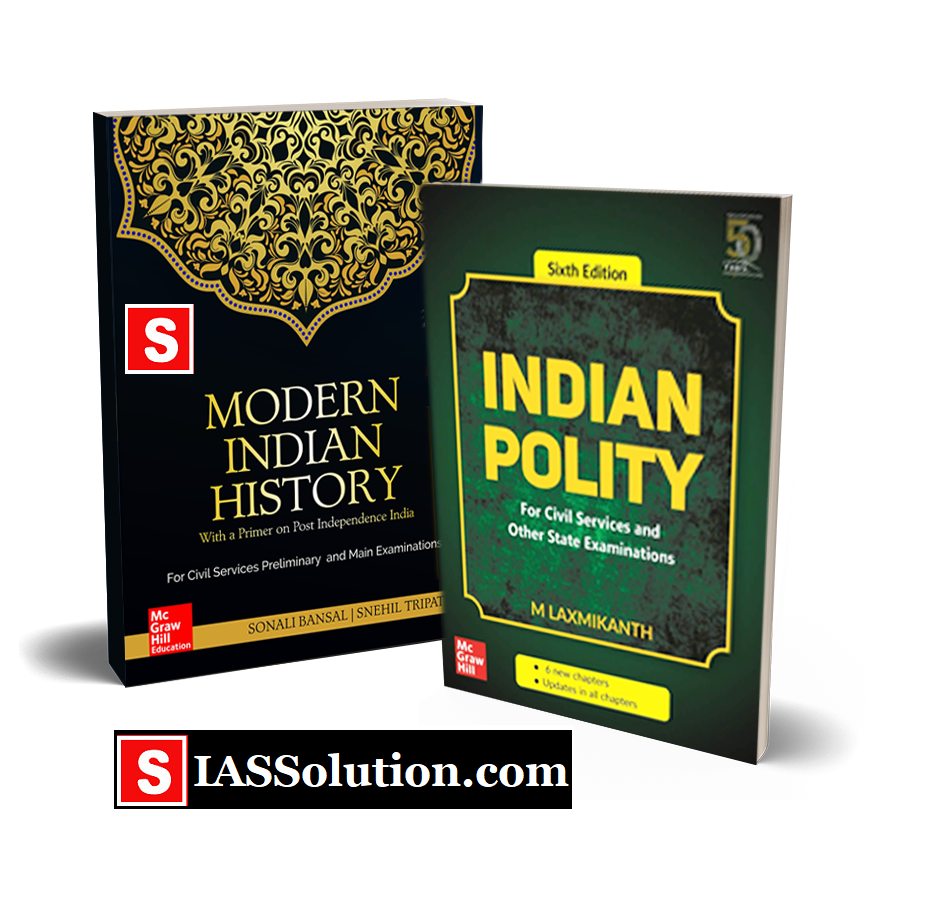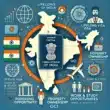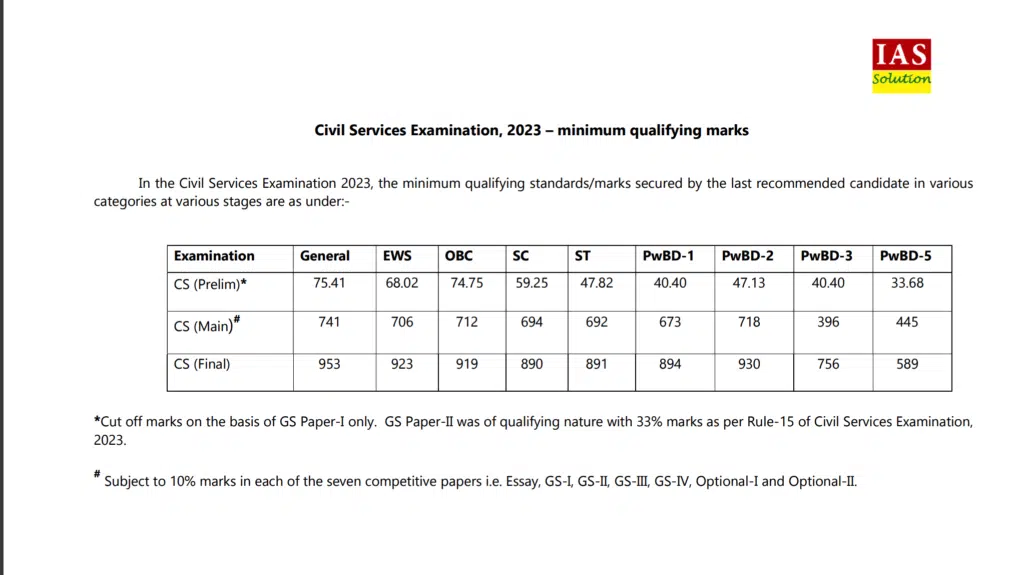Understanding the New UPSC Question Paper Pattern: A Comprehensive Guide

The Union Public Service Commission (UPSC) exam is one of the most prestigious and competitive exams in India, known for its challenging nature. Every year, thousands of aspirants strive to crack this exam for a chance to join the elite Indian Administrative Services (IAS) and other Civil Services. With the evolving demands of the examination and the introduction of a revised question paper pattern, it’s essential for aspirants to stay updated and understand the changes to optimize their preparation.
In this article, we will explore the new UPSC question paper pattern, including detailed insights into the changes and what they mean for aspirants. We will also provide tips on how to effectively approach the new format for success in the UPSC Civil Services Examination (CSE).
Key Highlights of the New UPSC Question Paper Pattern
The UPSC CSE is a three-stage process: Preliminary Examination, Mains Examination, and Personality Test (Interview). Each stage has its own question paper format. The latest changes primarily affect the Preliminary and Mains stages, though it’s important for candidates to understand all stages thoroughly.
1. Changes in the Preliminary Examination Pattern
The Preliminary Examination serves as a qualifying round, consisting of two papers: General Studies Paper-I (GS Paper-I) and Civil Services Aptitude Test (CSAT) Paper-II.
a. General Studies Paper-I
- Number of Questions: 100 questions (MCQs)
- Duration: 2 hours
- Marks: 200 marks
- Syllabus: This paper tests a candidate’s knowledge of current events, history, geography, politics, economics, environmental studies, and general science. A significant focus is placed on current affairs and issues of national and international importance.
Key Change: The trend towards more integrated and dynamic questions. Recent changes in the UPSC pattern have focused on examining the candidate’s ability to correlate information, draw inferences from the available data, and demonstrate analytical reasoning rather than simply testing rote memorization.
b. Civil Services Aptitude Test (CSAT) Paper-II
- Number of Questions: 80 questions (MCQs)
- Duration: 2 hours
- Marks: 200 marks
- Syllabus: This paper is intended to test candidates’ comprehension, logical reasoning, decision-making ability, numerical ability, and problem-solving skills.
Key Change: Although CSAT has traditionally been a qualifying paper (with a minimum threshold of 33% for eligibility), there is a growing emphasis on critical thinking and analytical abilities. The difficulty level of CSAT has also risen slightly over the years, demanding better practice in areas like data interpretation and logical reasoning.
Important Note: The CSAT Paper II is qualifying in nature and does not contribute to the final merit list. However, candidates must score at least 33% in this paper to appear for the Mains examination.
2. Changes in the Mains Examination Pattern
The Mains Examination is the core of the UPSC CSE and consists of 9 papers. This stage is intended to evaluate a candidate’s in-depth understanding of various subjects.
a. General Studies Papers (I-IV)
- Paper I: Indian Heritage and Culture, History, and Geography of the World and Society
- Paper II: Governance, Constitution, Polity, Social Justice, and International Relations
- Paper III: Technology, Economic Development, Bio-Diversity, Environment, Security, and Disaster Management
- Paper IV: Ethics, Integrity, and Aptitude
Each General Studies paper includes questions that test conceptual clarity, problem-solving abilities, and the ability to synthesize information. The focus is on practical application of knowledge in the context of real-world challenges.
Key Change: The shift towards application-based and case-study-based questions in the General Studies papers reflects the Commission’s desire to assess candidates’ analytical and decision-making skills in the context of governance and public administration.
b. Essay Paper
- Number of Questions: 1
- Marks: 250 marks
- Duration: 3 hours
- Syllabus: Candidates are required to write an essay on a topic that could range from current events to philosophical or societal issues.
Key Change: Recent trends in the essay paper show that questions are becoming more open-ended and thought-provoking, with an emphasis on critical thinking, relevance, and clarity of thought. It is crucial for aspirants to practice writing essays that are well-structured and incorporate multi-dimensional perspectives.
c. Optional Subject Paper (Paper V and Paper VI)
- Number of Papers: 2 papers (Paper V and Paper VI)
- Marks: 250 marks for each paper
- Syllabus: The optional papers test in-depth knowledge in a subject chosen by the candidate. Subjects can range from anthropology, political science, sociology, and geography, to more specialized topics like agriculture, public administration, or law.
Key Change: While the optional subject choice remains largely the same, candidates should note that the syllabus has become more interdisciplinary, requiring knowledge from multiple fields to answer questions effectively.
3. Changes in the Interview/Personality Test
The Interview is the final stage of the UPSC exam, where candidates are assessed on their personality, communication skills, and overall suitability for a career in civil services.
Key Change: While there have been no significant changes in the format of the Interview, the Commission has emphasized a more holistic approach. The Interview is no longer merely an academic evaluation but also an assessment of the candidate’s interpersonal skills, problem-solving ability, and decision-making capacity.
4. Compulsory Language Papers
- Paper A: Indian Language (300 marks)
- Paper B: English (300 marks)
Both these papers are qualifying in nature, and their main purpose is to assess a candidate’s proficiency in reading and writing in their chosen language. The content and difficulty of these papers have remained largely unchanged, though candidates are encouraged to practice regularly to ensure they can perform well in both.
5. The Impact of the New Pattern on Aspirants
The shift towards application-based questions, increased complexity, and the growing importance of current affairs in both the Preliminary and Mains examinations means that aspirants must adapt their preparation strategies. Here’s how candidates can benefit from understanding the new pattern:
- Holistic Preparation: Since the exam now emphasizes analytical thinking and application of knowledge, aspirants should focus not just on facts but on developing a deep understanding of concepts.
- Current Affairs: Aspirants should integrate daily newspaper reading, monthly current affairs magazines, and online resources into their routine to stay updated on national and international events.
- Time Management: Given the broader scope of the syllabus, it’s critical for candidates to effectively manage their time and create a balanced study plan.
- Ethics and Integrity: The Ethics paper and related questions have gained more prominence, requiring candidates to be well-versed in the ethical dilemmas faced by civil servants and the moral philosophy behind decision-making.
Conclusion
The new UPSC question paper pattern is designed to reflect the changing needs of the civil services and better evaluate candidates’ preparedness for real-world challenges. With a focus on application-based questions, current affairs, and critical thinking, aspirants must adapt their strategies to stay ahead. Understanding the structure of the exam and aligning your preparation accordingly will help you tackle the UPSC exam with confidence and maximize your chances of success.
By focusing on a well-rounded approach—balancing subject knowledge, analytical reasoning, current affairs, and time management—you can effectively navigate the new UPSC exam pattern and emerge as a strong contender for India’s prestigious civil services.









Leave a Reply